Chandeliers: A symbol of luxury and style evolution across centuries
Chandeliers have been a symbol of wealth, luxury and grandeur for more than 800 years. The evolution of their design is closely linked to the development of social class, technology and craftsmanship, and tracing the history of monarchs from the 15th to the 19th century can clarify their key changes. This article focuses on three famous European chandelier styles: French crystal, English glass and Venetian.
Flemish chandelier
Previously, chandeliers were mostly made of wood or iron, but in the 15th century, Dutch brass chandeliers emerged and replaced the old style. It features a central club, supported by a large brass ball or a series of rising balls, and the town of Dinant in Flanders is famous for its exquisite brass decoration dinanderie. It incorporates Gothic symbolism, religious figures, floral decorations, and the double-headed eagle logo on the top is popular. It made it well-known in Dutch Old Master paintings, and Dinant metal workers promoted its spread in Europe. It was introduced to France during the reign of Louis XIII, and it has been popular and imitated in Britain for a long time.
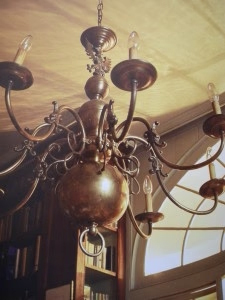
French crystal chandeliers
French did not produce high-quality glass until the end of the 18th century. Prior to this, chandeliers were a metalworking tradition, with crystal (clear quartz) replacing glass. Crystal chandeliers consist of metal frames with crystal pendants and other decorations. Metal workers imported crystal drops from Europe. Early hand-cut facets were cut at narrow angles, and later mechanized cutting was deeper. Fluoric acid polishing was used to reduce costs around 1880.
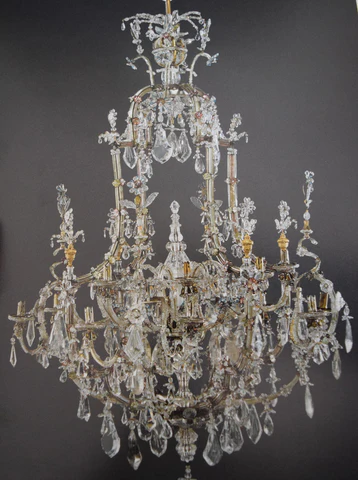
French Baroque Style
The first crystal chandeliers were born in the 17th century. They were Baroque style. Influenced by the Italian Renaissance, Louis XIV promoted the development of French Baroque (Louis Quartz style). The typical chandelier is a gilded bronze open frame in the shape of a vase or lyre, with a bouquet of flowers on the top and decorated with crystals. The Hall of Mirrors at the Palace of Versailles is a model. At the end of the period, Louis XIV's tiger-eye crystal chandelier and the more gorgeous lace crystal chandelier (Maria Antoinette) appeared, setting the standard for European royal grandeur, with far-reaching influence and multiple revival.
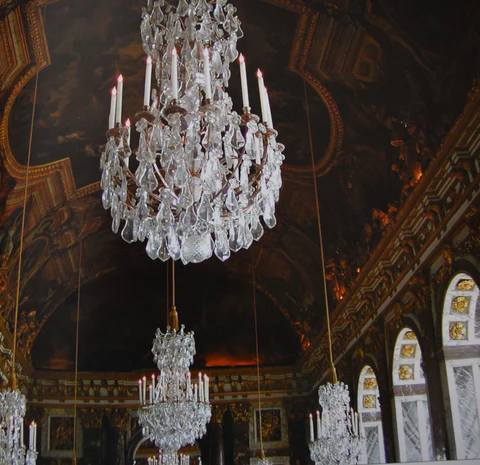
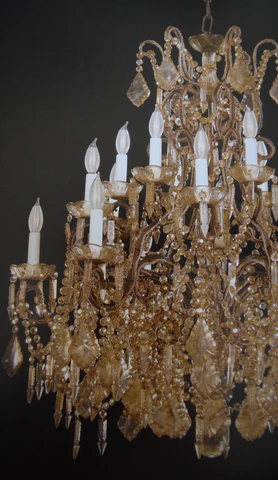
Rococo France
The Rococo movement arose around 1725 in opposition to the Baroque luxury and became very popular during the reign of Louis XV. The typical chandelier is made of bronze and has soft curves, irregular swirls, leaf-like patterns, and is decorated with cupids. Designer Juste Aurèle Meissonier played a major role in its popularization.
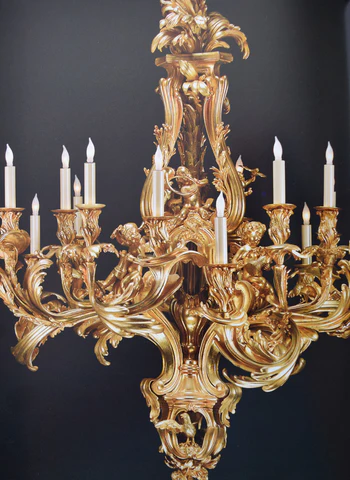
Neoclassical style and other revivals
After the French Revolution, Napoleon I established the First French Empire, and the culture changed. The neoclassical style emerged, drawing on the aesthetics of ancient Greece and Rome and integrating simple lines. Napoleon's campaign in Egypt brought inspiration, and neoclassical patterns were widely used, such as flames and antimion patterns. Napoleon also replaced irises with bees to symbolize regime change. Neoclassicism was popular in Europe from the 18th to the early 19th century. There were many outstanding designers in Britain, and the Adam style influenced later crystal chandeliers. Later, the Louis Philippe style emerged, and Napoleon III borrowed a lot from the early style. In the 19th century, Baccarat in France began to make chandeliers with lead glass and became famous all over the world.
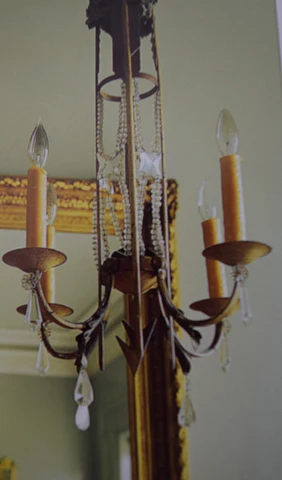
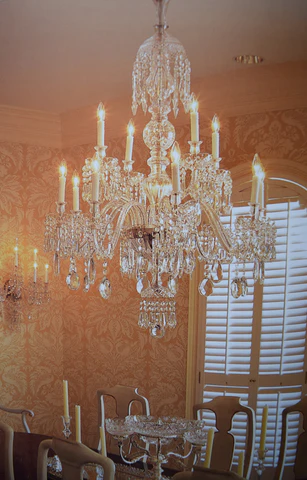
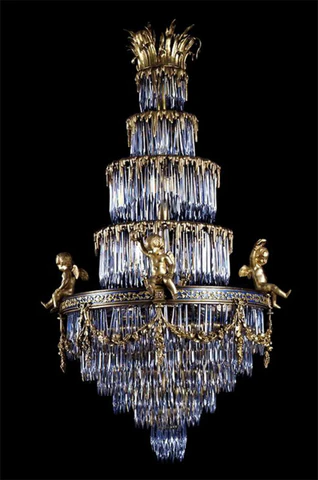
English glass chandeliers
The discovery of lead or "double flint" glass in England in the 1720s opened the way to the development of "all-glass" chandeliers. English glass production has a unique history, with a ban on wood glassmaking in 1615 and factories built in port cities, which led to a strict apprenticeship program and high standards of craftsmanship. In 1676, George Ravenscroft invented "flint glass" and England began to produce high-quality glass chandeliers, using the Dutch brass club design, with metal parts limited to specific areas, unique glass arms, and cuts added over time. In 1742, molten silver plating was invented.
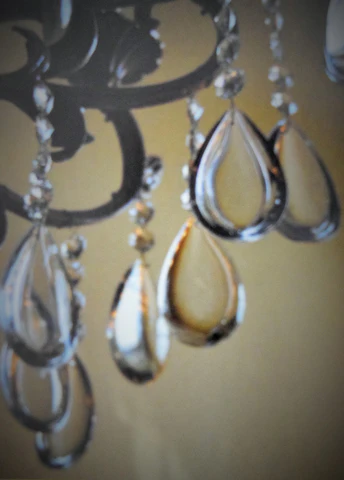
Georgian period
Early Georgian glass chandeliers can be seen in many places. The chandelier in Bath Assembly Room was made by William Parker, who replaced the ball lamp pole with a vase-shaped lamp pole, introduced neoclassical elements, increased the size of the chandelier, and marked the manufacturer's name for the first time. The Glass Excise Act of 1765 prompted many manufacturers to move to Ireland, and the Waterford Glassworks developed rapidly, with new chandeliers.
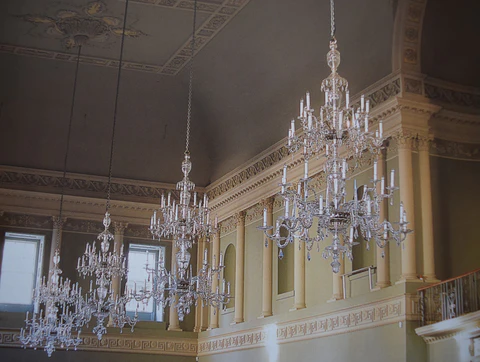
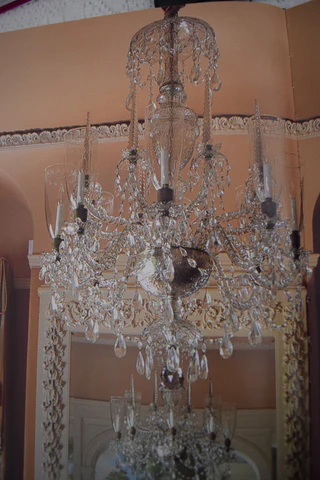
English Regency and 19th Century
The Glass Excise Act gave rise to the "English Regency" style, which used broken glass crystal pendants strung together to form pendants in the shape of "tents" and "bags", which became popular in Europe with many variations. William Perry was a prominent manufacturer in the early 19th century and received royal appointments. The repeal of the Act in 1835 led to a prosperity for British glass manufacturers, and the Industrial Revolution affected chandelier design, new light sources appeared, and chandelier design continued to improve to adapt.
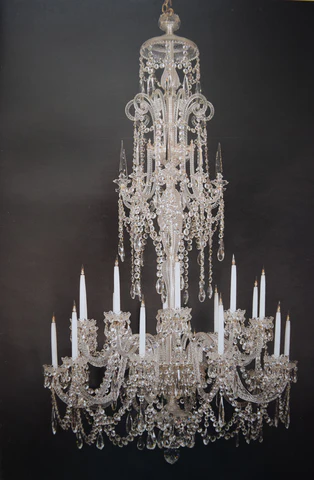
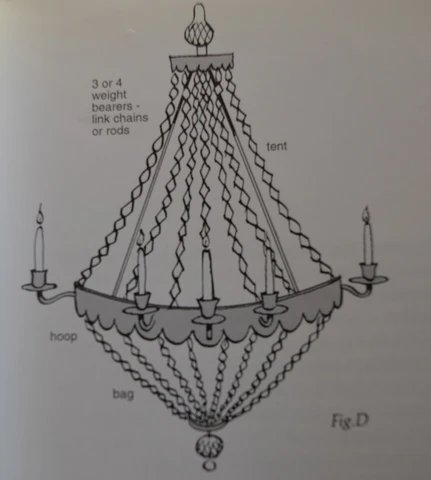
Venetian Chandeliers
Venetian chandeliers originated from the glassmaking industry on the island of Murano. Glassmaking moved to the island in 1291, and the Republic of Venice enacted laws to protect the industry. In the 15th century, Angelo Barrovier invented crystallo transparent glass, and the Murano glass industry took off, with unique production techniques. The first glass chandeliers appeared in the 18th century, such as the classic Murano chandelier (ciocche) and the Rezzonico chandelier made by Giuseppe Briati. However, demand and production declined in the late 17th century due to imitation and foreign competition, and the crisis intensified after Napoleon's invasion in 1797. A revival began in the 1840s, with Vincenzo Zanetti playing a major role, and Murano glass remains popular and exported today.
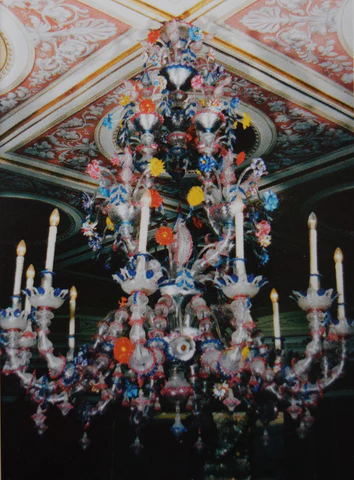
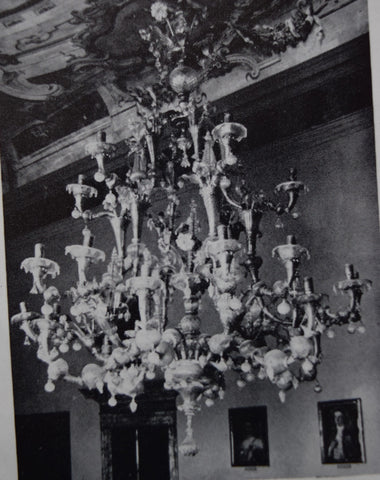
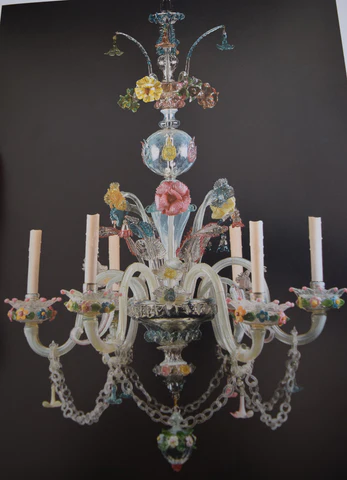
20th Century and Modern Chandeliers
Traditional European chandelier styles have remained vibrant and imitated in the 20th and 21st centuries. Although they fell out of favor at the end of the 20th century as they did not fit in with modern minimalist designs, in recent years there has been a resurgence of interest among designers and the public, with traditional chandeliers contrasting with modern settings. At the same time, the Art Deco and Art Nouveau movements brought innovation, and modern designers have used unconventional materials and lighting techniques to create new chandeliers, such as Swarovski's "Crystal Palace" series, chandeliers made from a variety of exotic materials, and pieces using fiber optic technology.
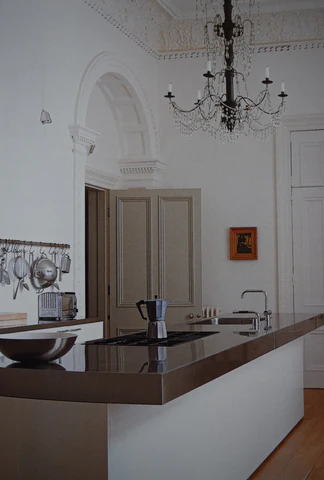
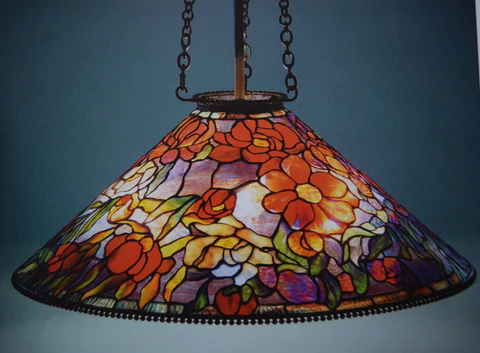
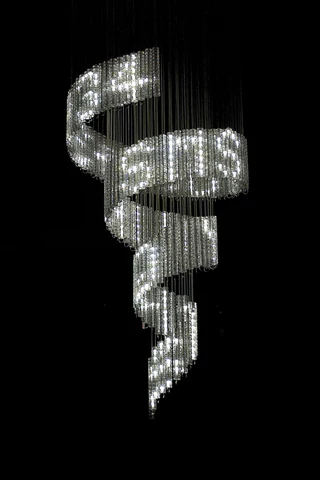
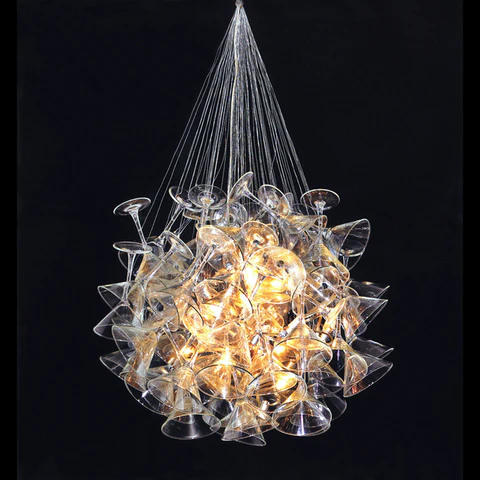
With so many beautiful chandeliers on our site, it can be a little overwhelming if you're just starting to look for the perfect chandelier. There are so many search terms to try. For example, let's start with your front door. You can look for hallway and foyer chandeliers, or stairwell and stairway chandeliers. Large chandeliers look good in stairwells, too. On top of that, you probably already have an idea in mind. You might be looking for an antique chandelier or a vintage chandelier, or a modern designer chandelier for your home, or a spectacular Swarovski crystal chandelier. The choices seem endless! So where do you start? Anyone who visits our site is typically looking for luxury chandeliers or luxury pendants, and they appreciate good quality and design. Our team has over 20 years of combined experience speaking with customers who need help. We know our stuff. We know the products. So leave it to us. Read our blog. Give us a call and tell us what you want. We're here to help.

